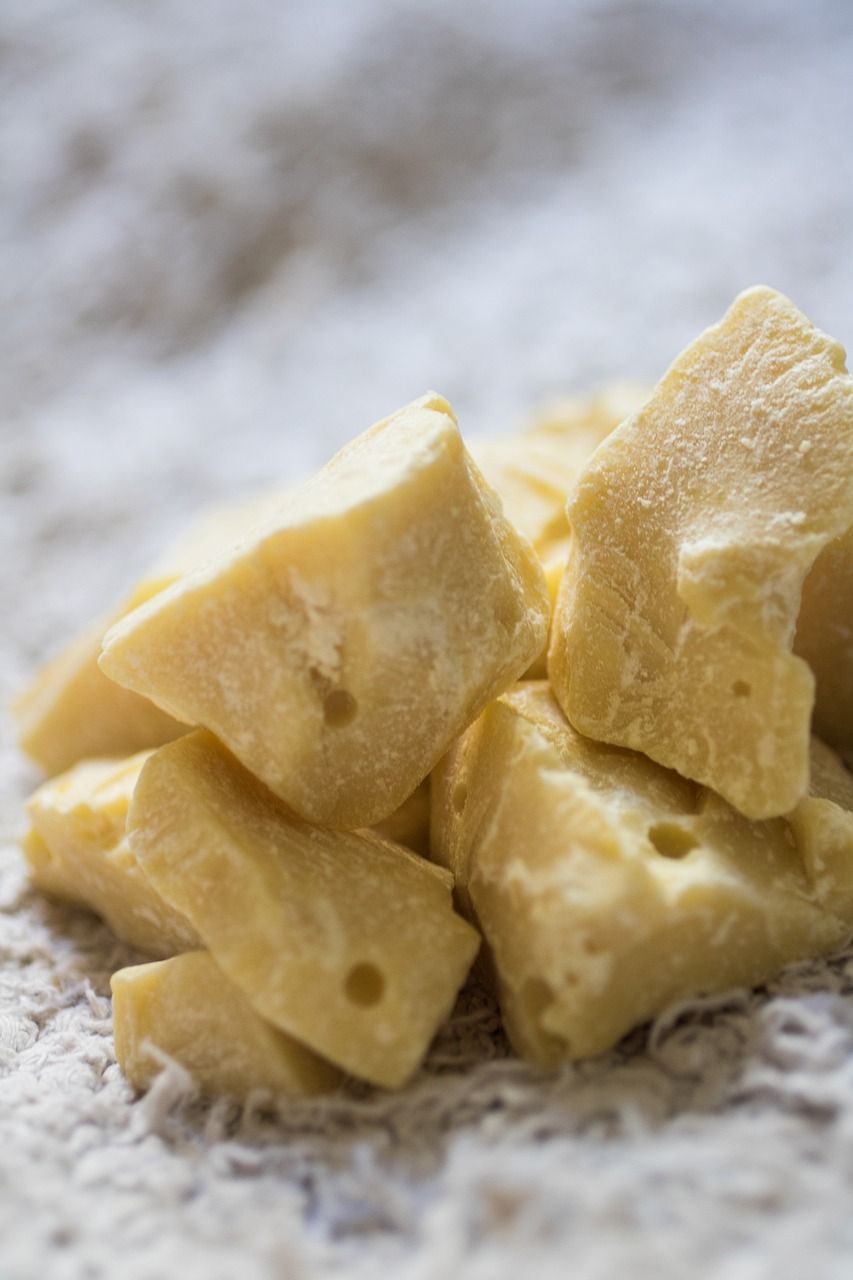The Foundation of Flavors: Exploring the Versatility of Foundation in the Culinary World

Introduction:
In the vast culinary universe, foundations play a crucial role in creating harmonious and flavorful dishes. While often overlooked, these essential elements serve as building blocks, adding depth and complexity to every culinary creation. In this comprehensive article, we delve into the world of foundations, exploring their types, popularity, qualitative measurements, differences, and historical significance. Join us on this gastronomic journey as we uncover the secrets behind a successful foundation.
1. An Extensive Overview of Foundation:

[INTRODUCTORY PARAGRAPH]
Foundation, in the culinary context, refers to the fundamental components that form the base of a dish, enhancing its taste, texture, and overall appeal. Composed of various ingredients and techniques, foundations provide stability and balance, acting as the canvas upon which flavors are ingeniously orchestrated. From stocks and broths to sauces and marinades, these culinary essentials set the stage for the creation of inspired dishes.
2. A Comprehensive Presentation of Foundation:
2.1 What is Foundation?
[DESCRIPTION OF FOUNDATION]
Foundation can be categorized into several types, each unique in composition and purpose. Stocks, for instance, are prepared by simmering meat, fish, or vegetables with aromatic herbs and spices, resulting in a rich liquid infused with flavors. Sauces, on the other hand, are created by thickening liquids such as stocks or reductions, often combined with additional ingredients and seasonings. Marinades offer another facet of foundation, using acidic liquids to tenderize and infuse flavors into meats and vegetables.
2.2 Popular Types of Foundation:
[TYPES OF FOUNDATION]
– Stocks: The key to many culinary preparations, stocks can be divided into categories like meat, poultry, fish, and vegetable stocks. These liquid foundations serve as a base for soups, sauces, and stews, bringing depth and savoriness to the final dish.
– Sauces: From classic French béchamel and velouté to Italian tomato-based marinara and Spanish romesco, sauces enhance the taste and appearance of countless dishes, adding complexity and moisture.
– Marinades: Essential for grilling and marinating, these liquid foundations infuse meats, poultry, and vegetables with flavors, tenderizing them for a succulent end result.
3. Quantitative Measurements of Foundation:
[QUANTITATIVE MEASUREMENTS]
Foundation ingredients and their proportions are crucial for achieving the desired taste profile. While many recipes suggest specific quantities, experienced chefs often rely on intuitive measurements. The taste testing method is common in determining the appropriate amount of foundation to balance flavors. However, for beginner cooks, using established guidelines and recipes can ensure consistency and desired outcomes.
4. Discussing the Differences Among Foundations:
[DIFFERENCES AMONG FOUNDATIONS]
Each foundation type has its unique characteristics and uses, resulting in distinct flavors, textures, and applications in cooking. Stocks provide a rich, umami depth, while sauces add creaminess or tang, and marinades offer enhanced tenderness and subtle flavors. Understanding these differences allows chefs and home cooks to choose the perfect foundation for their culinary creations.
5. Historical Overview of the Pros and Cons of Different Foundations:
[HISTORICAL OVERVIEW]
The use of foundations in cooking dates back centuries, with each culture and cuisine contributing its traditional methods and ingredients. Different foundations have their advantages and disadvantages. For example, stocks made from bones have been lauded for their health benefits, while sauces can be time-consuming to prepare from scratch. Exploring their history allows us to appreciate the evolution of foundations and showcases the unique approaches and culinary traditions of different regions.
Conclusion:
Foundations are the backbone of culinary masterpieces, providing a solid start for flavor exploration. Whether it be the simmering of a stock, the artistry of a sauce, or the infusion of a marinade, these elements lay the groundwork for delightful experiences in the kitchen. By understanding the diverse types, quantitative measurements, differences, and historical significance of foundations, we unlock a world of endless possibilities in the realm of gastronomy. Embrace the art and science of foundations, and elevate your culinary creations to new heights.
















































